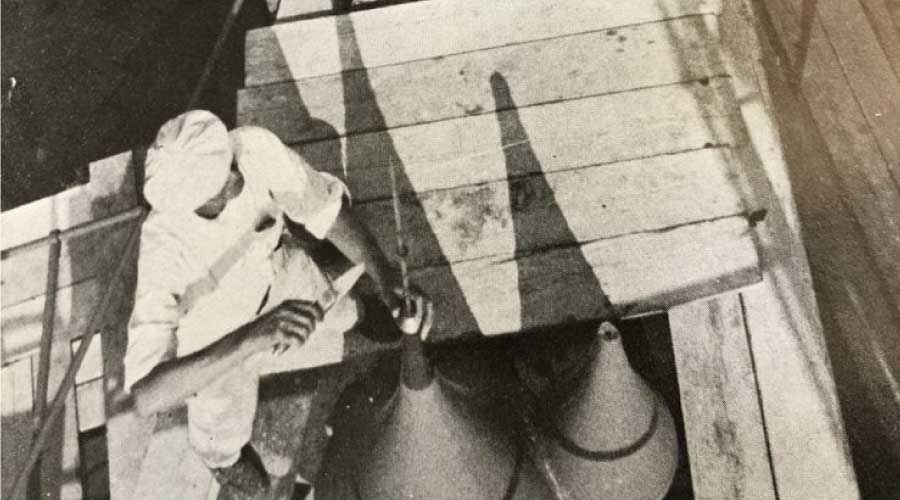Savvy Specification Meets Power Tool Users' Demands
All of the research and development related to power tools — or any product, for that matter — will be of little use unless managers specify tools that actually meet the needs of users. In some cases, managers come to the specification process understanding their technicians' needs but are not up to speed on their product options.
"Customers have an idea of what they want but maybe don't understand that they can get a tool that's a little more specialized," Sumner says.
In too many cases, managers rely on a catalog for specification and, in doing so, run the risk of "buying 10 new tools and having eight workers not like them," Saunders says, which wastes both the manager's time in specifying the tools and valuable funds the department committed to the products.
Saunders advocates a hands-on approach. Instead of just relying on a catalog, managers should "put the tool in the worker's hands to make sure he likes it and it can get the job done," he says. "The important question is, 'How does the worker like the tool?'"
As the nation's economy struggles and puts pressure on managers in all facilities to control spending, power tool manufacturers understand that, in some cases, customers turn to overseas tool manufacturers, spurred in part by lower prices. But, manufacturers say, those tools' lower prices often come with a different cost — potential problems related to ergonomics and safety.
"If you want safety, you have to pay for it," Saunders says.
Related Topics:














